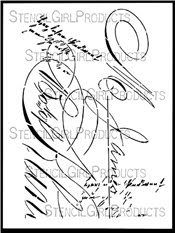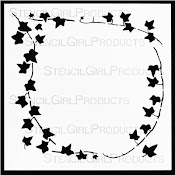StencilGirl Talk: Mary Beth Shaw's VLOG: March 2022
-
StencilGirl Talk: Mary Beth Shaw's VLOG: March 2022: Join Mary Beth in
Amsterdam and Paris! Click here for more information and registration!
Monday, September 30, 2013
Saturday, September 28, 2013
Sunday, September 22, 2013
Thursday, September 5, 2013
Monday, September 2, 2013
Sunday, September 1, 2013
Subscribe to:
Posts (Atom)




















































































